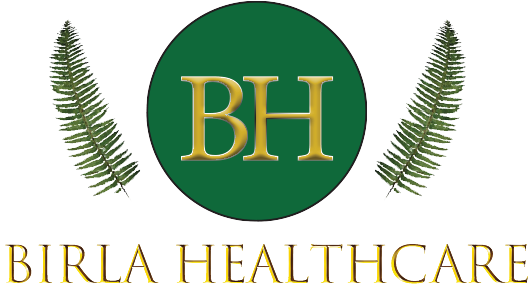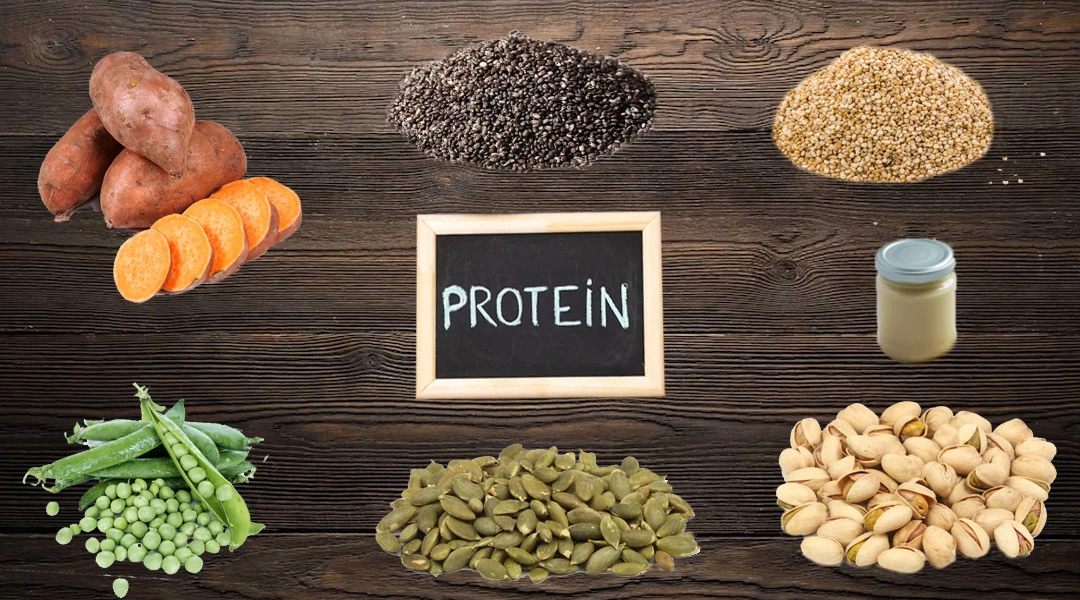If someone asked you to name some high-protein foods, all you could come up with is chicken, fish, eggs, Greek yoghurt, beans, and nut butter. Most people would definitely recommend including these in your meal if you wish to consume a protein-rich diet.
They are mistaken, though, as protein may be found in other foods besides meat, says Yash Birla. You won’t even think of meat as a source of protein because so many plant meals deliver such a big protein punch to your digestive system.
Protein is essential for growth, tissue repair, and recuperation after exercise. It is composed of amino acids, which are smaller constituents. Only 11 of the 20 amino acids needed for good health can be produced by our bodies. The remaining nine “essential amino acids,” as they are referred to, must be supplied from food.
Mr Yash Birla is a strict vegetarian and also a fitness enthusiast who likes to maintain a bulky body. His sources of protein are vegetarian as well. Several veggies, cheeses, and grains have a surprising amount of nutrients that help build muscle, and by putting them in your diet, you can greatly enhance your protein level.
You can be certain that you will consume enough protein if you eat a variety of foods. While some foods only contain a few of the essential amino acids, others do. Here is a list of surprising sources of protein that are not very popular and are also recommended by Yash Birla.
Surprising Sources of Protein You Didn’t Know
Sweet Potato: When we hear the term “potato,” the only thing we think of is carbohydrates. Sweet potatoes, on the other hand, include both starch and protein, with a cup of baked sweet potatoes containing roughly 4 g of protein, or about a half cup of low-fat milk.
Pistachios are tasty little snacks that include a great balance of plant protein, iron, and zinc. Vegetarians must without a doubt be aware of these important meat-related ingredients. The two nuts with the greatest protein per serving are pistachios and almonds, each of which has 6 grammes. Another option for protein replacement is cashews, which have 5 grammes of protein per handful.
Amarnath, which is supposed to be the trendy quinoa relative, is gradually gaining popularity due to its high protein content. Amarnath is a type of historical pseudo-grain that is free of gluten and rich in all nine necessary amino acids. Amarnath can be cooked into oatmeal, used in salads, or experimented with to produce a crunchy topping.
Peas, like all legumes, are abundant in protein, with a cup having almost 8g. Peas resemble tiny chunks of dynamite and are high in fibre, vitamin C, and vitamin k. Pestos can be made from fresh peas and then used for pasta dishes and salads.
Chia seeds are a wonderful source of protein and can keep you hydrated thanks to their 4 grammes of protein and 11 grammes of fibre per 2 tablespoon intake. Chia seeds can be used to make oatmeal or a bowl of decadent chia pudding by combining them with fruit juice. I don’t want this option to be an unhealthy one.
Pumpkin seeds are a surprising source of protein that no one anticipated. These pepitas, which are also known as seeds, are not your usual seeds. With 7 grammes of protein and 13 grammes of heart-healthy fats per serving, pumpkin seeds are nutritional powerhouses.
Tahini, or sesame seed butter, is a delectably nutty Mediterranean replacement for almond or peanut butter. Tahini has 100 calories and 3 grammes of protein per tablespoon. Tahini can be used to give flavour and protein to vegetables.








Leave A Comment